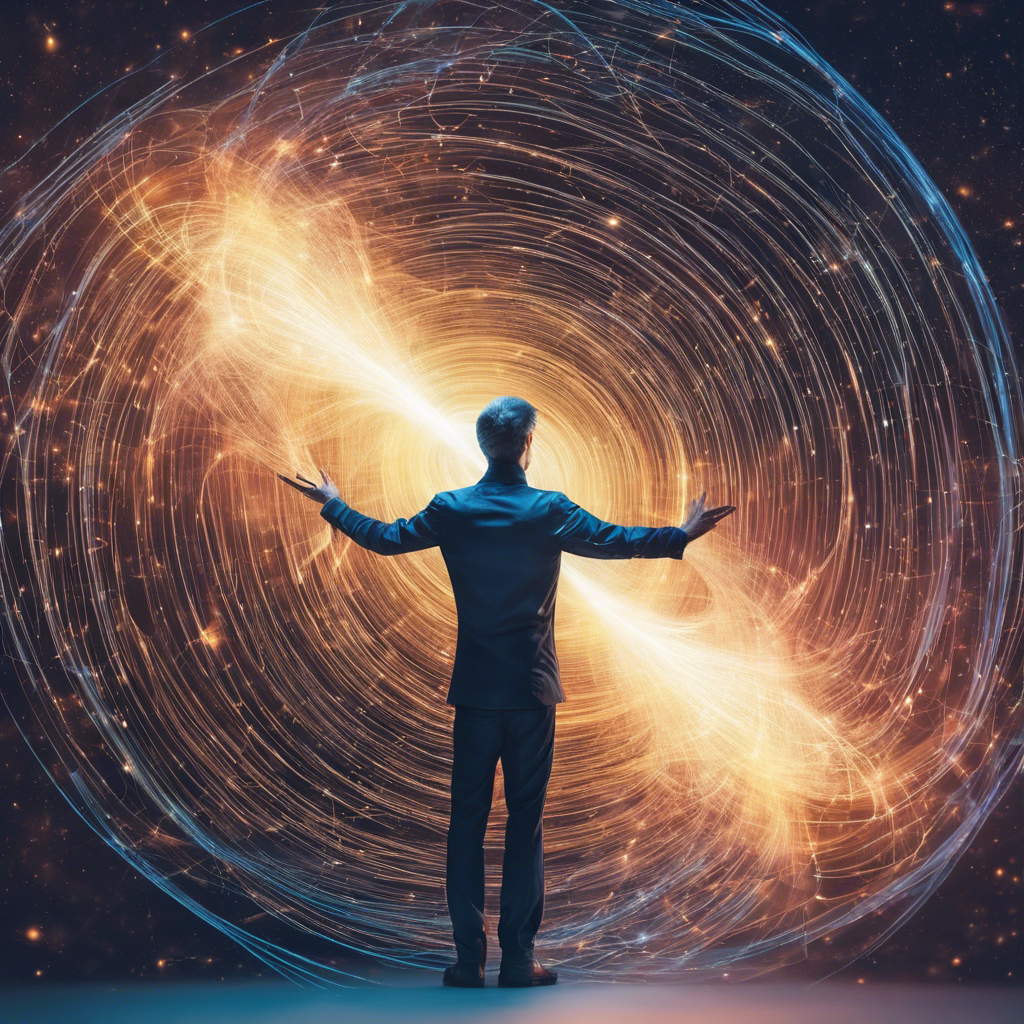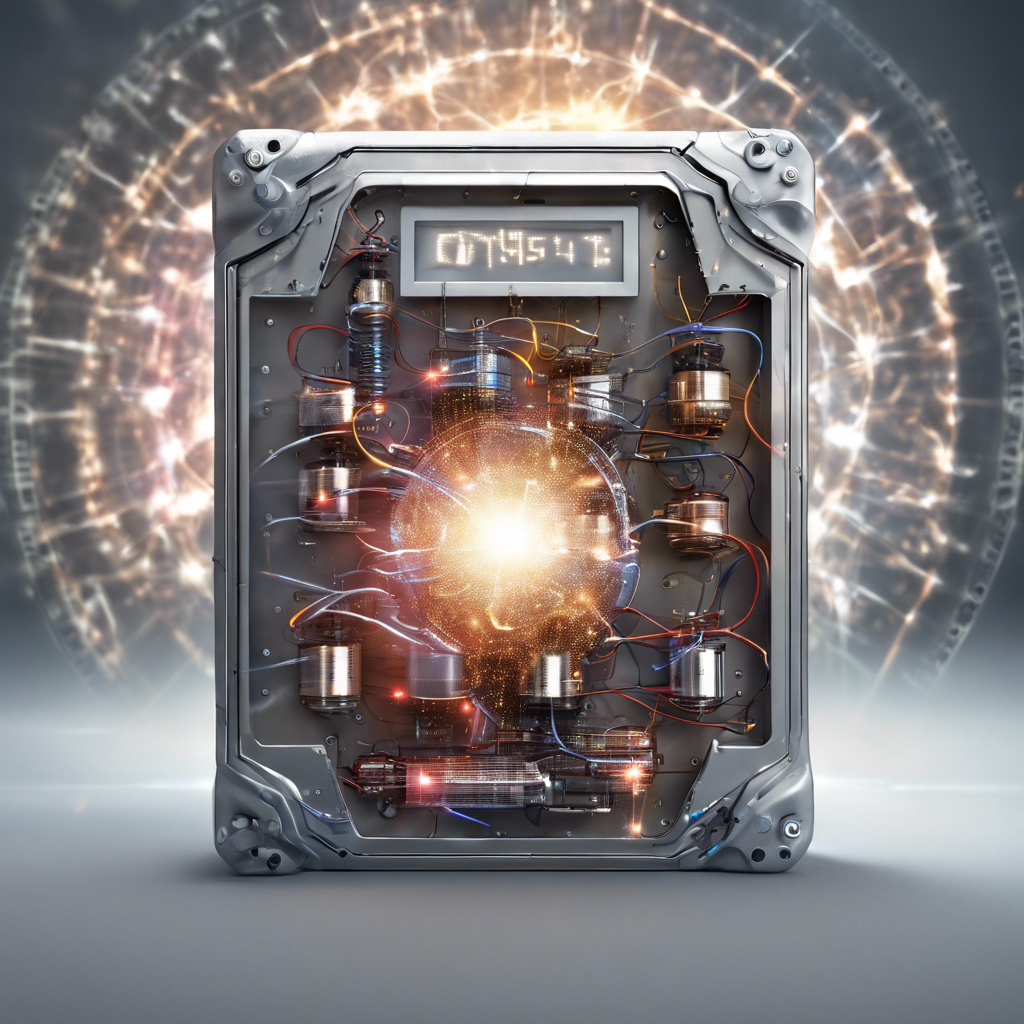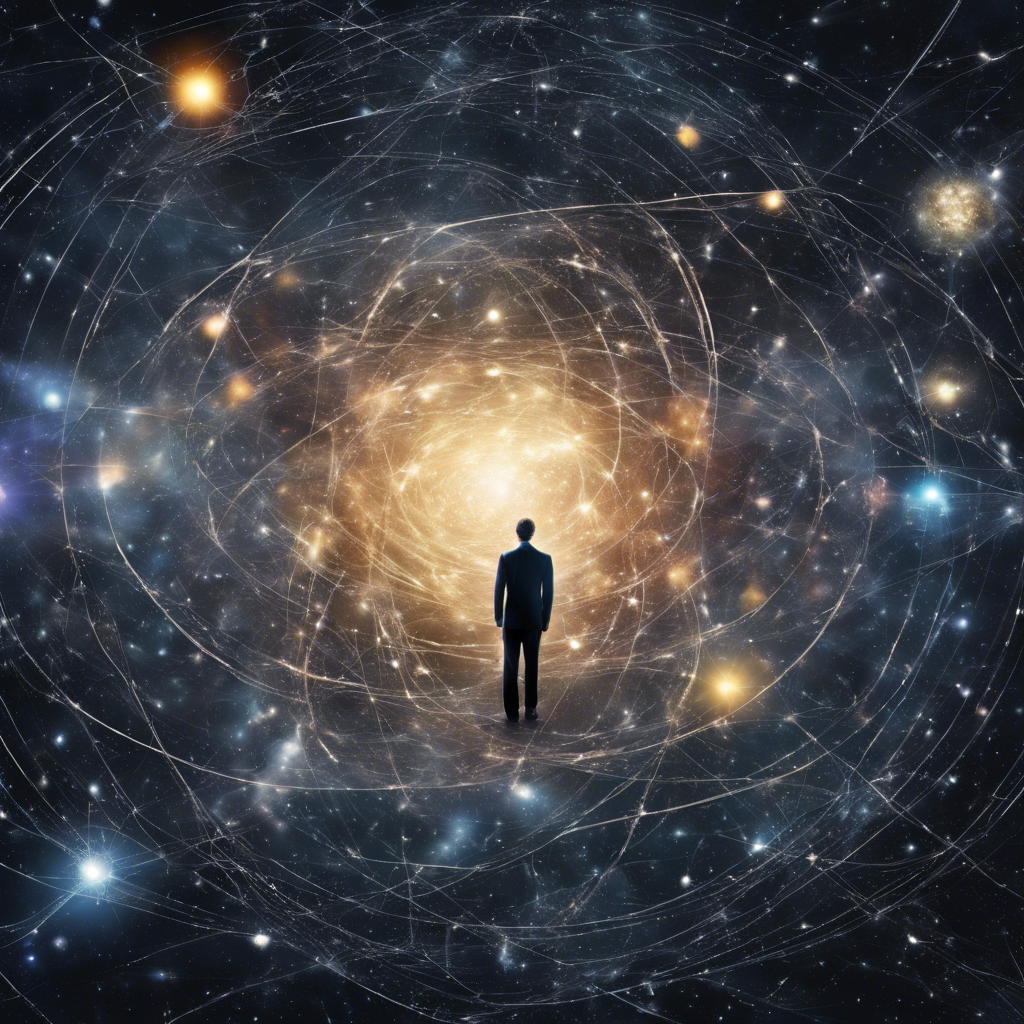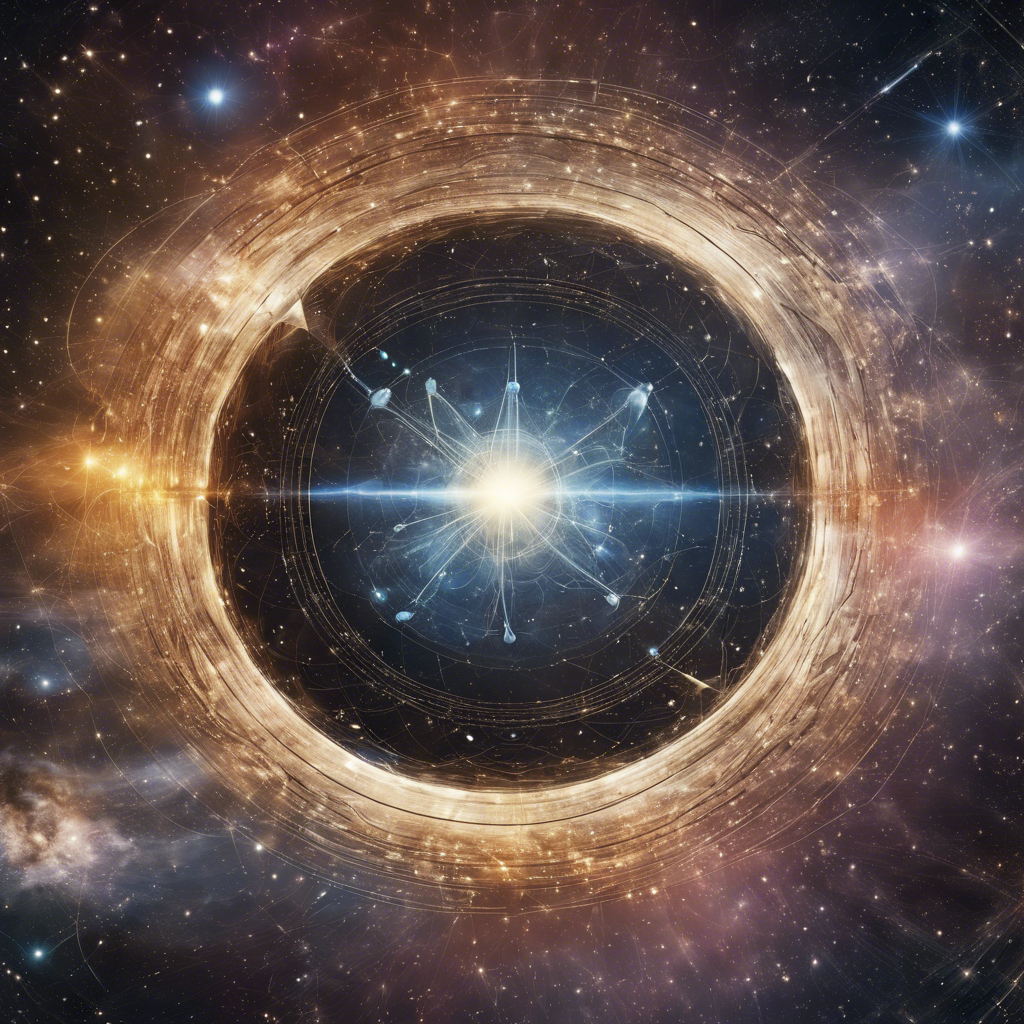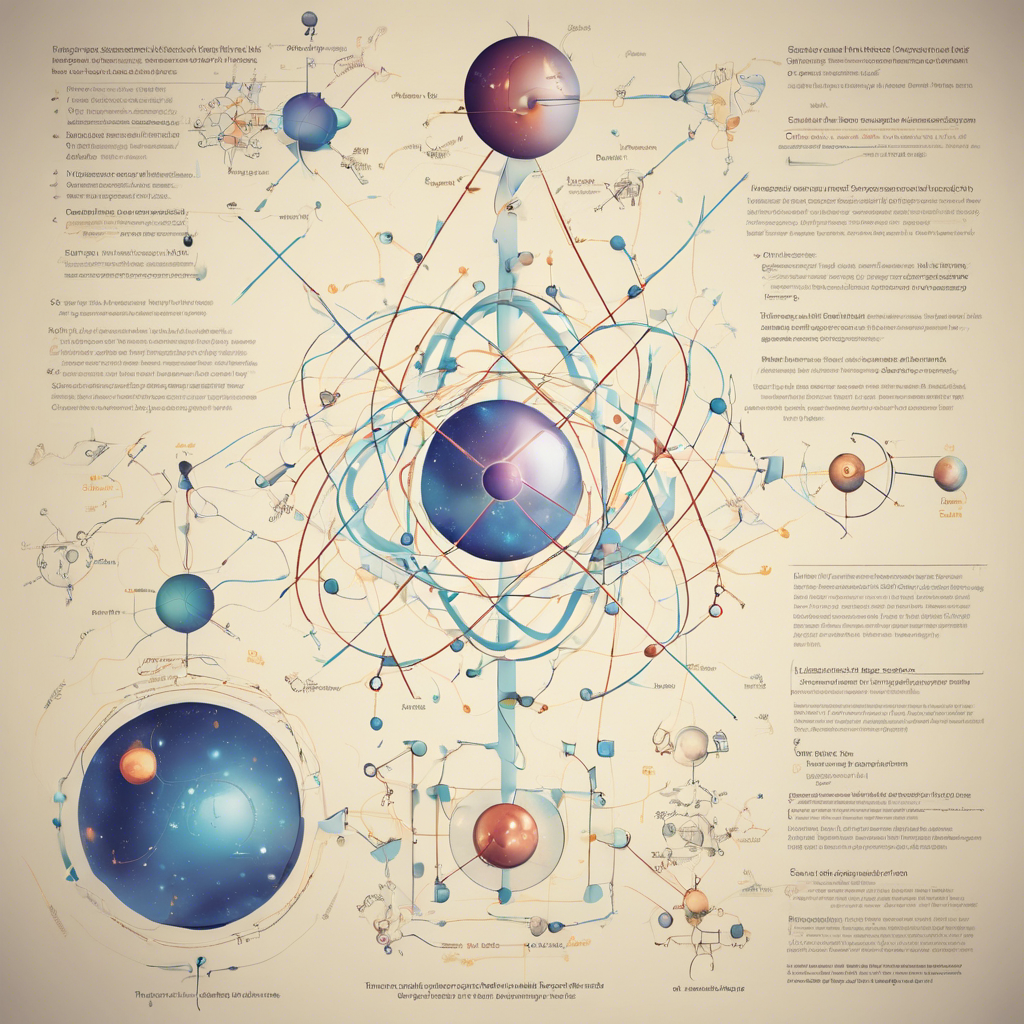Astrophysicists and Quantum Physicists Collaborate to Decode Peculiar Neutron Star Behavior
In a groundbreaking discovery, a team of astrophysicists and quantum physicists has made significant strides in unraveling the enigmatic phenomena of neutron star “glitches.” These peculiar events, where the spins of ultradense dead stars suddenly accelerate, have long puzzled scientists. However, a recent study conducted by researchers from the fields of astrophysics and quantum physics has shed new light on these celestial anomalies. By leveraging a unique form of matter on Earth, the team has gained valuable insights into the inner composition and movements of neutron stars.
Exploring the Nature of Neutron Stars
Neutron stars, formed from the collapse of massive stars, are known for their incredible density, consisting almost entirely of neutrons. Understanding the glitches that occur in these celestial bodies has been a longstanding challenge for scientists. Lead author Elena Poli, a researcher at Innsbruck University, emphasizes the significance of the research, stating, “Our study establishes a strong link between quantum mechanics and astrophysics and provides a new perspective on the inner nature of neutron stars.”
Simulating Neutron Star Behavior on Earth
Due to the extreme conditions and immense distances associated with neutron stars, direct sampling is impossible. To overcome this limitation, the research team employed numerical simulations using a proxy—an ultracold dipolar atom system that represents neutron stars. By using these ultracold dipolar atoms, the team successfully simulated neutron star behavior. This approach allowed them to gain valuable insights into the dynamics of neutron stars that were previously inaccessible.
The Role of Superfluids in Glitching Phenomena
The study proposes that glitches in neutron stars may be indicative of a superfluid state beneath the surface—a substance with zero viscosity resembling a liquid. The unique properties of superfluids, particularly a “supersolid” phase, play a crucial role in the glitching phenomenon. By inducing supersolid phases in ultracold dipolar atoms of Erbium (Er) and Dysprosium (Dy), the team was able to mirror larger neutron star glitching. These results suggest that superfluid vortices carrying angular momentum to the star’s surface contribute to the observed glitches in neutron stars.
Delving Deeper into the Glitch Mechanism
The researchers are now focused on delving deeper into the glitch mechanism, exploring its intricacies and its dependence on the quality of the supersolid material. By further understanding the glitching phenomenon, scientists hope to gain a more comprehensive understanding of neutron stars and their behavior. Additionally, this research paves the way for new avenues in quantum simulation, potentially offering insights into other stellar remnants in laboratory settings on Earth.
Conclusion:
The recent breakthrough in understanding neutron star glitches through the collaboration of astrophysicists and quantum physicists marks a significant milestone in our quest to comprehend the mysteries of the universe. By bridging the gap between quantum mechanics and astrophysics, this research not only enhances our understanding of neutron stars but also opens up new possibilities for quantum simulation. As scientists continue to explore the intricacies of neutron star behavior, we may unlock even deeper insights into the workings of our universe.







